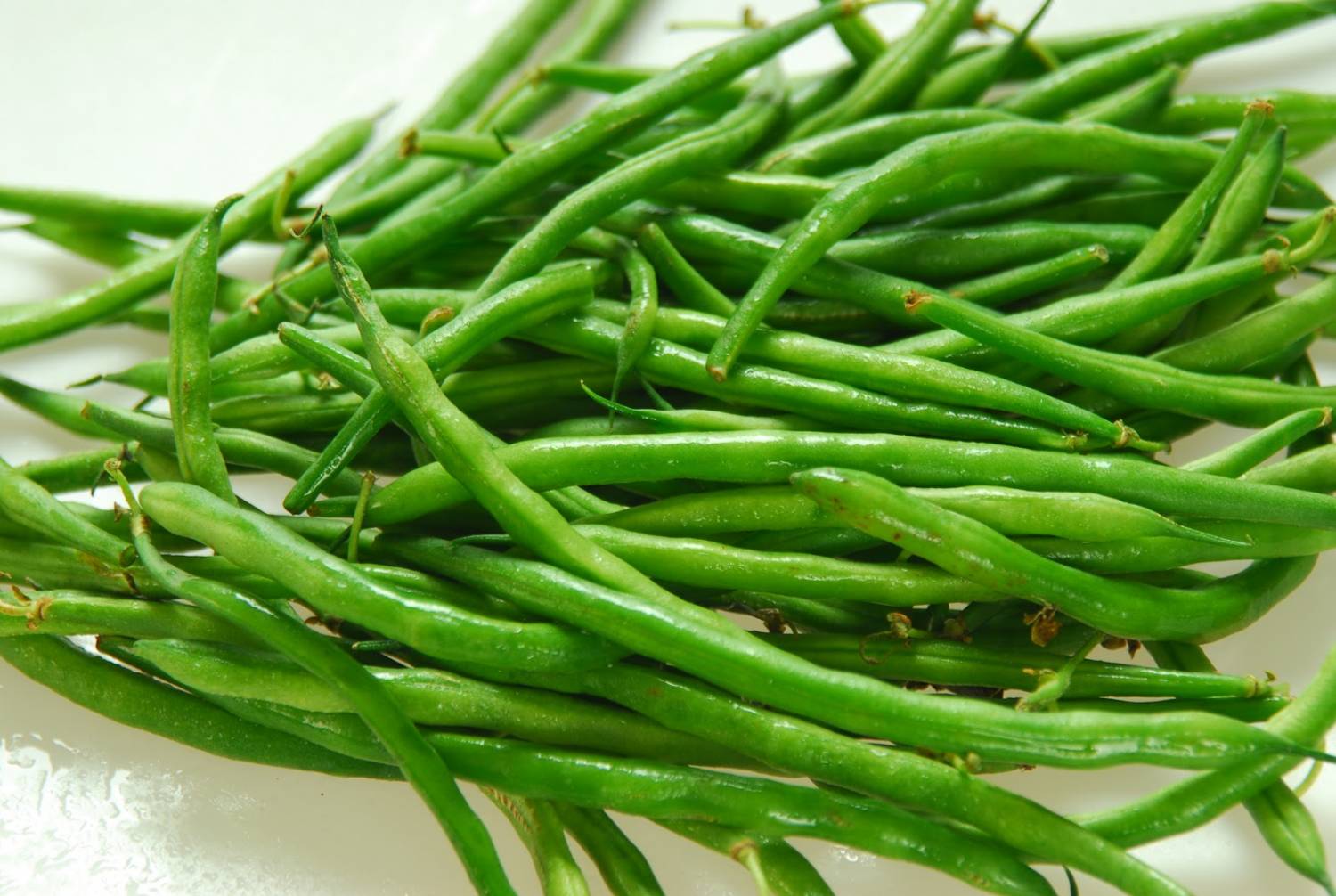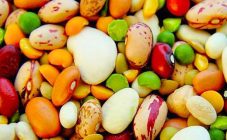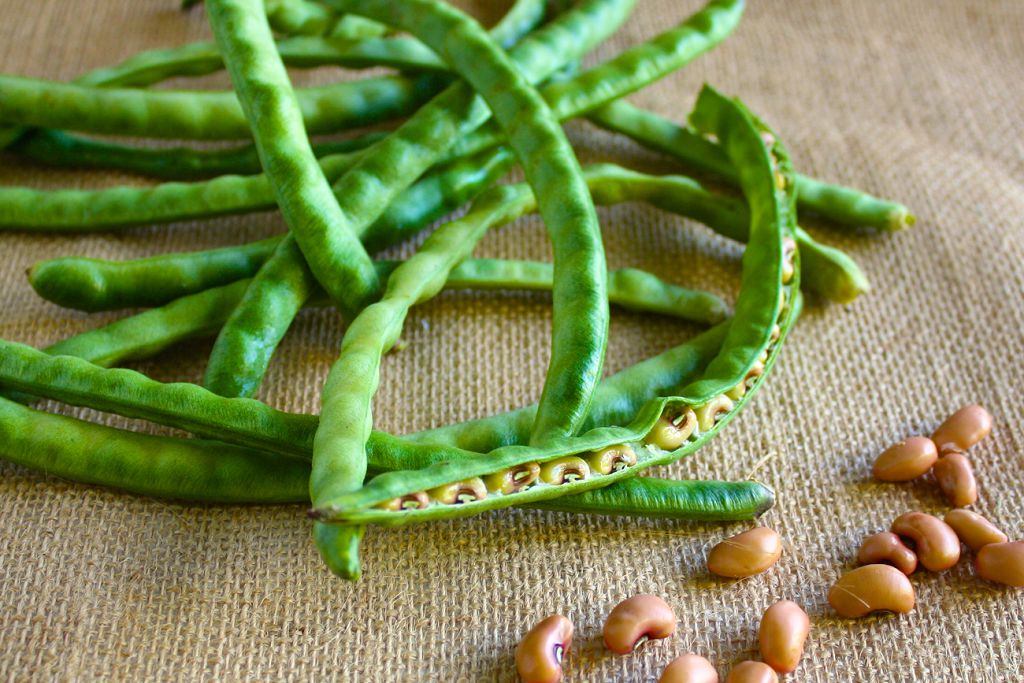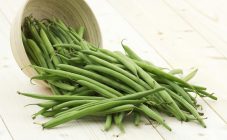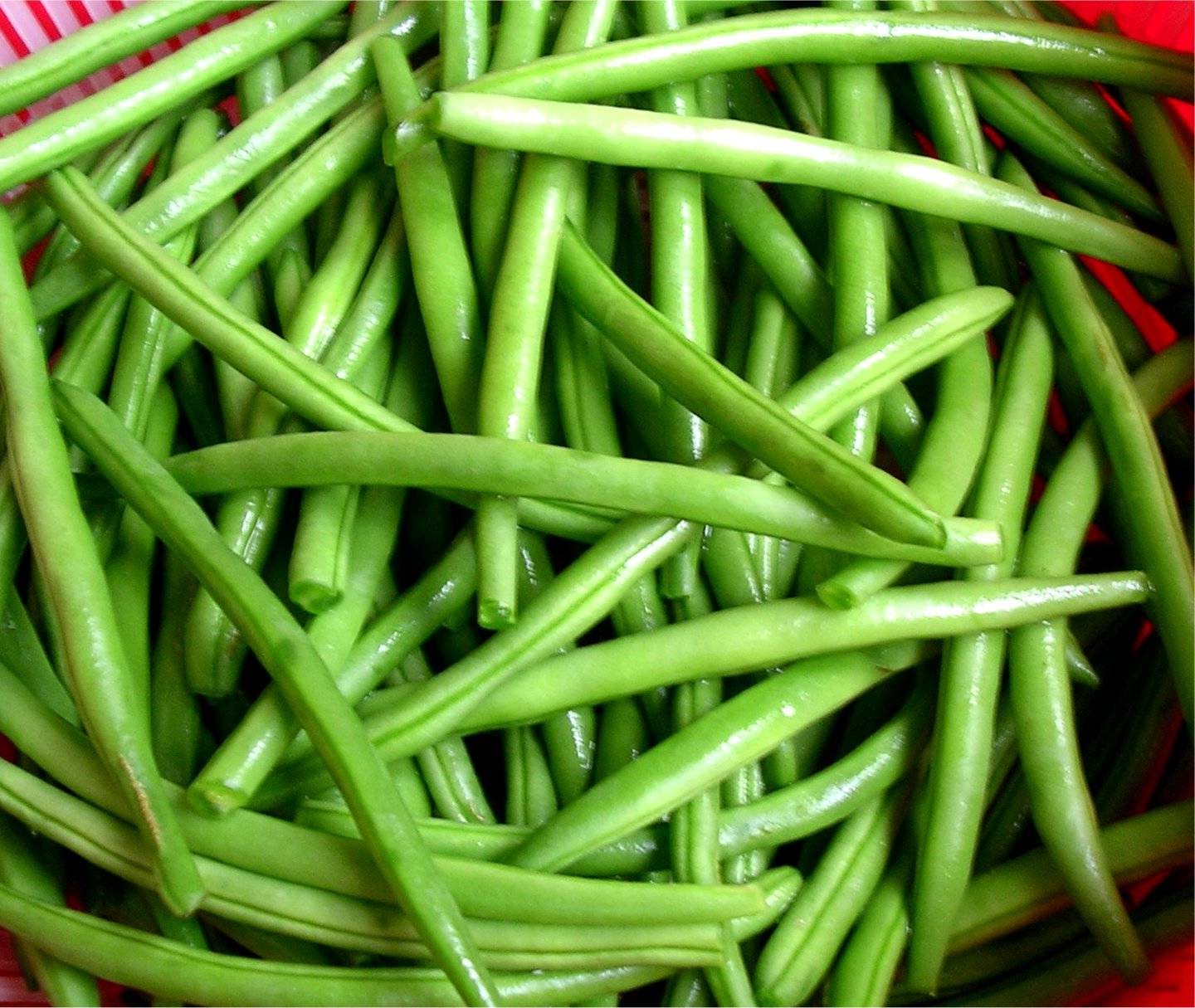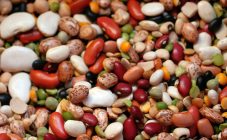Content:
Originally, beans were cultivated for decorative purposes. Today, various dishes are prepared from it, and also used in the treatment of certain diseases. Characteristic features are easy digestibility and low calorie content.
History and description
Green beans have been known since ancient times. It is mentioned in Chinese treatises of the 2nd millennium BC. e. This species was cultivated by the Incas in South America. In Europe, they began to prepare delicacies from beans in the 18th century.
Green beans are shrubs with a height of 40 to 250 cm. There are up to 50 different types. It is subdivided according to the shape and size of the pod:
- An ordinary type, which is common in all European countries and Russia. The pod is up to 20 cm long. It can contain up to 10 beans.
- In Asia, ancient varieties of Vigna are bred. Their length reaches from 60 cm to 1 m. There are 100 seeds inside.
- Climbing beans grow in lengths from 3 to 5 m. Plants are used to decorate the garden. It needs good supports due to the heavy weight of the pods.
- Another species grows on bushes 40-50 cm high. It is unpretentious to climatic conditions, can grow on almost any soil, and matures quickly.
The first three types are asparagus beans and flat-leg hybrids that produce small greenish-white bean fruits.
For central Russia, it is recommended to choose hybrids with early and medium ripening periods, which yield a harvest 50-80 days after planting. For southern regions, varieties with a growing season of 100 days are suitable.
Characteristics of varieties
The plant gives a variety of colors to the seeds inside the pod. There are the following types of beans:
- Green asparagus beans have pods from 60 to 500 mm long, similar in shape to elongated cylinders or rather short sticks 7-13 cm high. Each of them contains 3-8 beans. The best varieties are Tendergreen, Hunter and Prince. The French variety has dark green and light green pods up to 10 cm long. Kenyan hybrids are distinguished by their small diameter (4-5 mm) and the color of their yellow seeds. Chinese varieties reach 40-50 cm in length. The Dragon's tongue hybrid (known in Russia as the Georgian or purple type) has flat pods 12 to 15 cm long with purple stripes. Russian breeders have bred hybrids Zhuravushka, Pobeditel, Caramel.
- The flat green beans are a subspecies of asparagus hybrids. All of its varieties are colored green or yellow. There can be up to 10 beans inside a pod. In Transcaucasia, in the North Caucasus and in most regions of Russia, green string beans are represented by hybrids of the Dragon's tongue, painted in light green colors.
- Shrub vegetable types belong to the small green bean group. Their fruits are round, pea-like, colored white. Among gardeners, the varieties White mares, White flat and Belozerka are popular. Their pod colors vary from green to almost white. The length reaches 6 cm, inside from 4 to 10 peas.
The yield of the plant is quite high. For example, summer residents remove up to 0.8 kg of pods from a Gold Mine bush.
Beneficial features
Green beans contain such important elements in fruits as folic acid, molybdenum, zinc. There are only 30 kcal in 100 g of the product. The vegetable has the following beneficial properties:
- cleanses the intestines from toxins and toxins;
- green string beans stabilize the digestive processes;
- helps to alleviate the patient's position in viral and inflammatory pathologies;
- with regular consumption of the product, it reduces the risk of disruption of the cardiovascular system;
- helps to strengthen the reproductive system of men and stabilizes hormones in women;
- revealed the benefits of the product in eliminating edema;
- positively affects the condition of the skin and hair;
- green beans are diuretic;
- recommended for diabetics to improve their general condition;
- considered a good antioxidant.
But there are also contraindications to the use of green beans:
- the product can be harmful to people who have been diagnosed with gastritis with high acidity;
- it is forbidden to give a vegetable to patients with pancreatitis in the acute stage;
- you can not eat legumes with colitis, cholecystitis, internal ulcers or intestinal dysfunctions;
- it is forbidden to use the plant if acute intestinal inflammation is diagnosed.
What to do with green beans
If it is not possible to preserve it, it is recommended to immediately eat it. Fresh green beans are used for making various soups and side dishes. Before use, it must be welded so that toxins come out of the pods. You can freeze the vegetable.
How to do it correctly:
- after collection, wash, dry;
- cut the pods into small pieces
- decompose into packages.
In winter, it is enough to get it and send it to a pot with boiling water, and then, at the discretion of the chef, prepare any dish, for example, an assortment with other vegetables.
After harvest, the beans are stored for 3-4 months, after which the pods dry up.
Some recipes for culinary delights:
- Fried beans. The pods are lowered for 6 minutes. in salted, boiling water, and then discarded in a colander. Then vegetables are dried and then fried in olive oil. Add well chopped garlic, fry for another 5 minutes. You can add spices to taste.
- You can make a simple side dish in 20 minutes. Fresh or frozen green beans are suitable for cooking. The pods are soaked in water at room temperature for 10 minutes. Then the beans are cut into 2-3 pieces and thrown into a saucepan with boiling water and boiled for 4 minutes. For frozen, the cooking time is increased by 2-3 minutes. At the end, the pods are thrown into a colander and laid out on plates. Top with finely chopped herbs, garlic or onion rings.
- Green beans with spices and eggs. Cooking time 20-30 minutes. To do this, cut the vegetable into small pieces, then boil it slightly (5 minutes). Next, put in a colander and send to a pan with sunflower oil. For a delicious breakfast, you can put chopped tomatoes, bell peppers, carrots and onions on top of the beans and cover with a beaten egg. Add spices and salt to taste. Some people like it with adjika. Then everything is mixed and fried for 5 minutes. Everything, the dish is ready, you can serve it on the table.
- Broccoli bean cream soup in 40 min. To do this, take peeled chicken legs, cook broth from them. Fried in boiling sunflower oil for 10-12 minutes. pods, add pieces of chicken meat, diced carrots, bell peppers, broccoli inflorescences. Add potatoes and spices (for example, paprika, black pepper, turmeric). After that, the whole mass is ground in a blender to the consistency of puree, which is sent to a boiling broth and mixed. Boil the soup for 5 minutes, stirring constantly with a spoon. You should get a homogeneous mass. Serve on the table hot, sprinkled with herbs (dill, parsley, cilantro) or green onions on top.
Green beans grow well if they are cared for promptly. And this is used by many gardeners who plant crops on their plots, because its pods are practically a delicacy on the table. Green beans are canned, frozen for the winter, and a variety of dishes are prepared from fresh beans: from omelet to soup.Isn't it a universal product ?!
